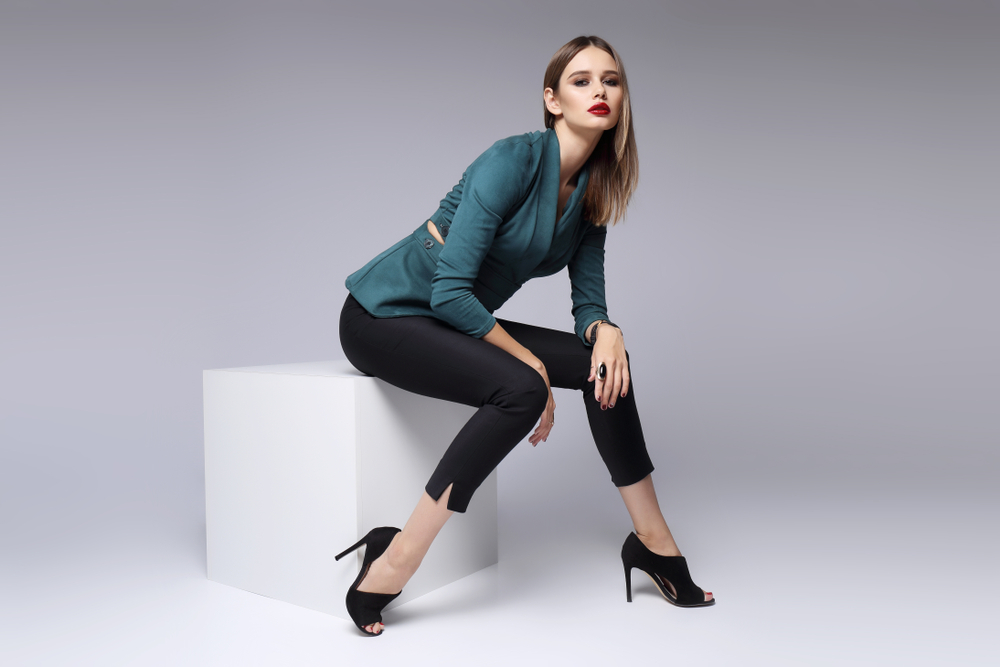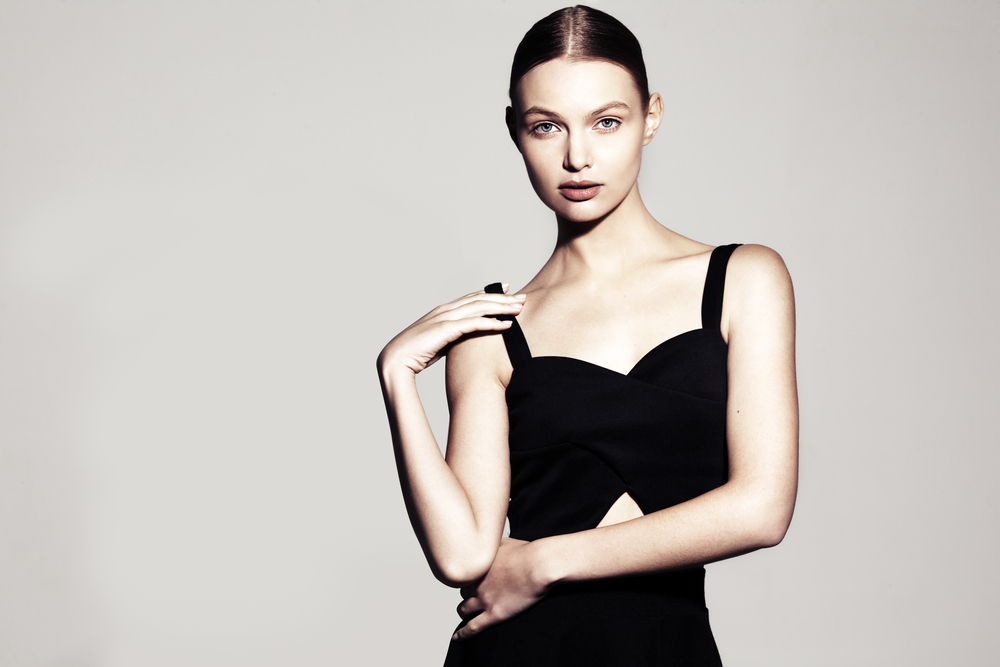
The Art of Modeling: Unveiling the Secrets Behind the Fashion World's Glamorous Profession
The Art of Modeling: Unveiling the Secrets Behind the Fashion World's Glamorous Profession

Modeling has always been an enchanting profession, capturing the imaginations of millions around the world. The fashion industry attracts attention and garners admiration from people of all ages and backgrounds. However, behind the glitz and glamour lies a world of hard work, dedication, and countless secrets that contribute to the success of this captivating profession. In this article, we will delve into the art of modeling and unveil some of the hidden aspects that make it truly fascinating.
Shattering Stereotypes
One common misconception about modelling is that it revolves solely around beauty. While aesthetics certainly play a significant role, the profession is not limited to physical appearance alone. Today, the modeling industry embraces diversity, celebrating different body types, ethnicities, and backgrounds. The focus has shifted towards inclusivity, empowering individuals to embrace their uniqueness and redefine the meaning of beauty. Aspiring models can now find opportunities regardless of their height, weight, or conventional standards of beauty.
The Business of Modeling
Behind the scenes, modeling is a highly competitive and demanding business. Models are not just faces on magazine covers or runways; they are professionals who collaborate with artistic directors, designers, photographers, and stylists to bring fashion concepts to life. They undergo extensive training to develop essential skills such as posing, walking the runway, and expressing emotions through gestures and facial expressions. This preparation embraces the artistry of modeling, where models become extraordinary storytellers who captivate audiences with their every move.
The Catwalk Magic
The runway is where modeling truly shines. It is a coveted platform that allows models to showcase the latest fashion designs while exuding confidence and grace. However, the seemingly effortless glide we witness on the catwalk is the result of rigorous preparation and practice. Before a fashion show, models attend auditions, fittings, rehearsals, and sometimes even choreography classes to ensure a flawless performance. Walking on the runway requires precise footwork, poise, and the ability to captivate the audience with each step. The perfect synchronization between music, lighting, and the models' movements creates a breathtaking spectacle that epitomizes the art of modeling.
Endless Photoshoots
Photoshoots are another vital component of modeling. Every picture represents an opportunity for models to convey a specific message or emotion. Behind each mesmerizing shot lies an entire team working in harmony – from photographers and makeup artists to fashion stylists and set designers. Models collaborate closely with the creative experts to bring the vision to life, striking the perfect pose, and transforming into various characters. Their ability to adapt and exude different moods elevates the impact of each photograph, turning it into a work of art.
Maintaining the Beauty
To thrive in the modeling industry, maintaining one's physical appearance is of utmost importance. Models understand the significance of self-care and adopt rigorous beauty regimens. They follow strict diets, engage in regular exercise, and prioritize skincare routines to keep their skin flawless and healthy. Similarly, hairstyling and maintaining a particular body shape are crucial aspects of their professional journey. The commitment to maintaining their physical beauty is a testament to their dedication and passion for the art they bring to life.
Frequently Asked Questions:
Q1: How can someone become a model?A1: To become a model, it is essential to research reputable modeling agencies, build a portfolio of professional photographs, and attend open castings or auditions. It is also beneficial to network within the industry and be persistent in pursuing opportunities.
Q2: What are the different types of modeling?
A2: There are various types of modeling, including fashion, commercial, plus-size, fitness, runway, editorial, and alternative modeling. Each category demands specific criteria, and aspiring models can choose the path that aligns with their interests and unique qualities.
Q3: Do models have to meet specific beauty standards?
A3: The fashion industry has evolved, and beauty standards are no longer a one-size-fits-all concept. While there are still some expectations in terms of appearance, the industry has become more inclusive, embracing diversity and appreciating individuality.
Q4: Is modeling a viable career option?
A4: Modeling can be a fulfilling and lucrative career; however, the industry is highly competitive, and success requires determination, resilience, and hard work. Building a strong personal brand, continuously improving skills, and networking are essential to thrive as a model.
Q5: How long does a modeling career typically last?
A5: The duration of a modeling career varies from person to person. Some models have successful careers for several decades, while others choose to transition to different areas within the fashion industry. Ultimately, it depends on factors such as personal goals, market demand, and individual circumstances.
In conclusion, modeling is an art form that goes far beyond what meets the eye. It combines beauty, creativity, and storytelling in a breathtaking way. Behind the scenes, there is a lot of hard work, dedication, and collaboration that contribute to the final stunning presentations we see on runways and in magazines. This profession is a testament to the continuous evolution of beauty standards and the celebration of diversity. Whether you aspire to become a model or simply appreciate the artistry involved, the world of modeling invites you to explore its secrets and embrace its allure.
Other useful resources
- https://en.wikipedia.org/wiki/Modeling_agency
- https://www.planetmodelphoto.com/models/modeling/usa/wilmington/nc-north-carolina
- https://www.planetmodelphoto.com/models/modeling/usa/charlotte/nc-north-carolina